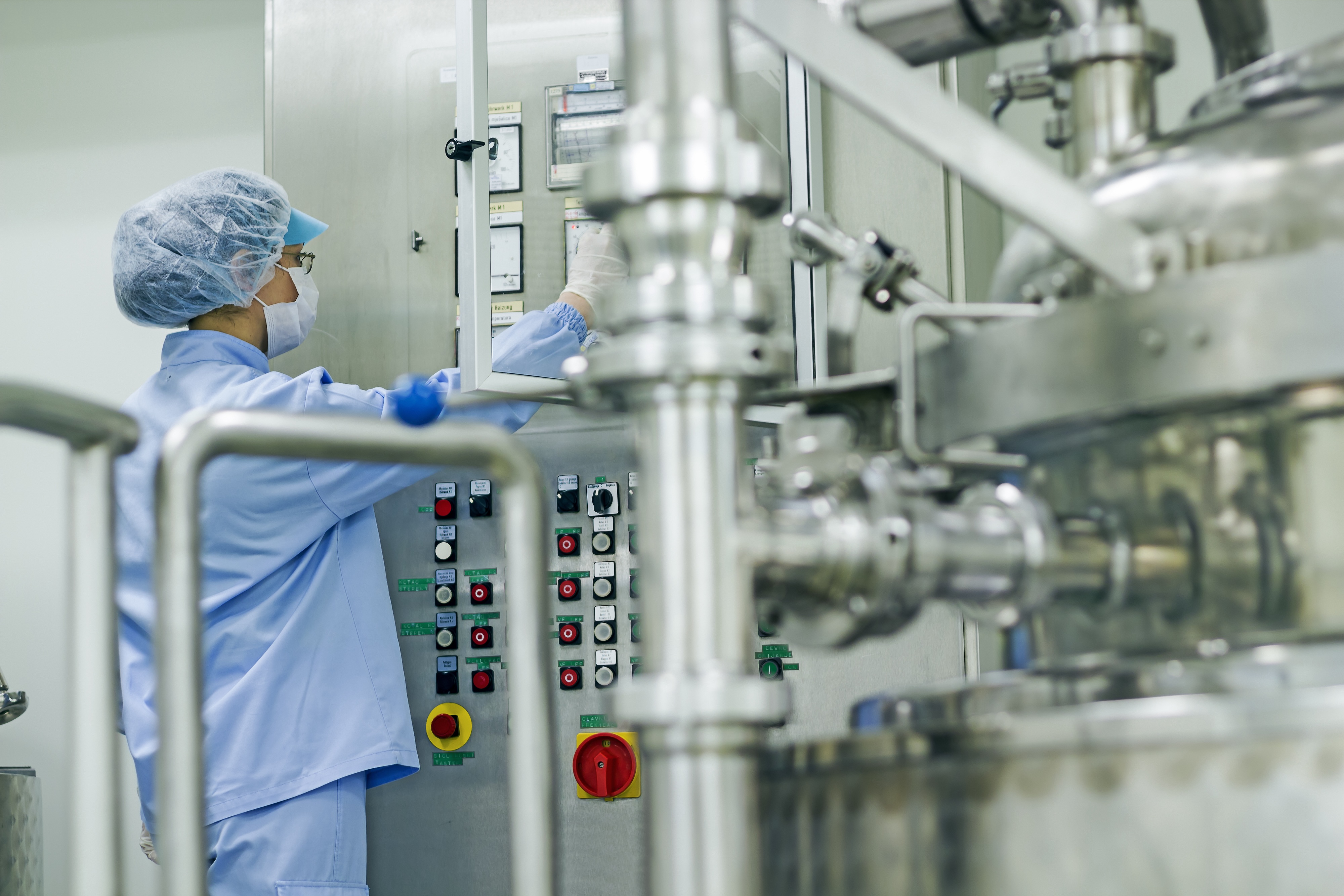The Problem
A leading pharmaceutical company faced a critical challenge with one of its most advanced packaging lines: a line responsible for assembling and packaging insulin pens with critical market demand. Despite the line's high level of automation and efficiency, persistent issues were causing significant production delays, marked by a failure to meet production targets, and a large number of scraps and unplanned stops. The root causes of these inefficiencies remained elusive, with operators, IT staff, and mechanics pointing fingers in different directions. Compounding the problem was the line's complexity and the siloed nature of data from various sources–making it difficult to analyze and optimize production. This situation highlighted the urgent need for a comprehensive solution to enhance overall equipment effectiveness (OEE) and address capacity constraints amidst rising market demand.
The Solution
To tackle these challenges, our initial strategy involved aggregating the fragmented assembly operation data from several distinct sources into the Aizon platform, including warehouse, temperature sensors, machine PLCs, transports (AGV), MES systems, ERPs, and IT infrastructure. Utilizing the Aizon Unify’s flexible contextual models, we seamlessly connected and integrated this diverse data, including OEE performance, process parameters, and ERP planning data.
Our Data Science team started the process of analyzing historical batch data, identifying 124 clean batches from a total of 2500, setting the stage for a principal component analysis of around 280 variables. This analysis spotlighted variables that significantly influenced batch run performance, forming the foundation for our AI model development. Using a random forest regressor algorithm, this model was finely tuned to predict the likely next stop and overall line performance with remarkable accuracy.
The Result
Upon integrating the model into Aizon’s platform, the operational monitoring was significantly improved. The AI-powered platform not only alerted operators to current and expected OEE but also pinpointed potential issues, guiding targeted interventions before stops occurred. Our analysis identified several variables such as environmental conditions (day of the year) as key performance influencers, enabling the creation of an advanced predictive dashboard.
The deployment of our real-time failure diagnosis tool across production lines marked a significant leap from reactive to proactive management, culminating in an 11% increase in OEE and a 3-hour reduction in FTE time per day. Our comprehensive solution not only uncovered the root cause of long-standing inefficiencies but also empowered line personnel and technicians to optimize performance and productivity with unprecedented precision and speed.
“By applying the dashboards, we saved 3 hours of work every day and also stabilized our OEE!” – Chief Technology Architect



